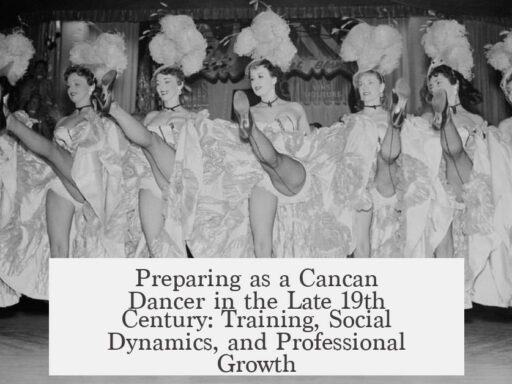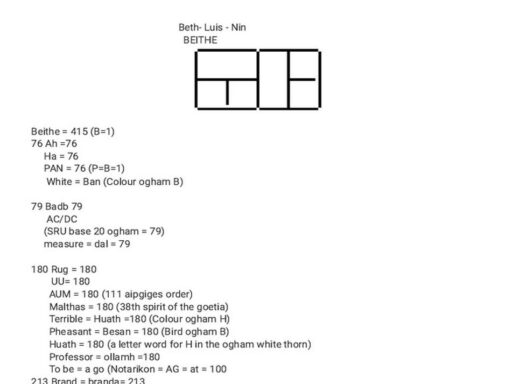Randy Marsh, as a geologist working for the US Geological Survey (USGS) in a small Colorado mountain town during the late 1990s to early 2000s, would have had a stable, modestly comfortable income reflective of a mid-level federal employee. His estimated salary as a GS-12 federal employee in 1998 would be around $47,588, above the median household income of approximately $38,900 at the time. This places his family in a middle-class bracket—sufficiently secure but not affluent.
Based on the setting resembling Fairplay, Colorado, housing prices in 2000 ranged between $157,000 and $182,000. Mortgage payments on such homes, with typical interest rates around 8% and a 20% downpayment, would be about $1,100 monthly. That figure accounts for roughly one-third of Randy’s gross income, a standard proportion consistent with a balanced budget but leaving limited discretionary spending.
The family’s tax burden would likely be low because of dependents, which cushions net income. However, their financial situation would not allow for luxury expenses such as frequent trips to high-end ski resorts like Aspen or specialty items like upscale kitchen gadgets.
Comparing Randy’s earnings to other professionals, particularly lawyers, illustrates further context. In 2000, new lawyers commonly earned salaries similar to Randy’s range of $35,000 to $45,000. Higher incomes existed but the majority clustered around Randy’s level. Kyle’s father, a lawyer, might earn more depending on his career stage, but Randy’s pay would remain typical for someone with a federal agency role and a PhD.
- Randy’s income aligns with a GS-12 federal pay grade in the late 1990s, around $47,588.
- Median household income then was about $38,900, putting Randy just above middle class.
- Housing costs in their likely town demand approximately a third of Randy’s gross income monthly for mortgage payments.
- The family enjoys financial stability but limited luxury spending.
- Lawyer salaries at the time often matched Randy’s income, so his status was typical among professionals.
How Well Off Was Randy Marsh and His Family in the Late 90s–Early 2000s?
If Randy Marsh, the steadfast geologist dad from “South Park,” worked for the US Geological Survey in a small Colorado mountain town during the late 1990s to early 2000s, he and his family would likely be comfortably middle class—comfortable enough to pay the bills and the occasional dinner out, but not exactly sipping champagne on Aspen slopes. Let’s unpack what that really means.
Randy wears many hats on “South Park,” but it’s his job as a USGS geologist that grounds his economic standing in reality. Behind the sitcom antics, he’s a research scientist with a PhD. That’s a solid academic background. Realistically, in the late 90s, USGS scientists with PhDs typically fell into federal pay grades GS-11 to GS-13, influenced by seniority and specific position. For the Denver-Boulder-Greeley area—which covers much of Colorado’s mountain region—the pay ranged widely from $39,700 to about $73,500 annually.
So, where would Randy land? Picture him as a GS-12 step 1 employee in 1998 making about $47,600 yearly. That’s *above* the median U.S. household income of nearly $39,000 at the time but not enough to live in the lap of luxury. Randies working lower on the pay scale might see incomes near the median, making his position decent yet modest—think solid middle class, but don’t expect a mansion on the hill.
Where Does Randy Live? The Mountain Town Reality Check
The town in “South Park” mirrors places like Fairplay, Colorado—a small mountain town that, back then, was affordable but not cheap. In 2000, homes there sold for around $157,000 to $182,000. That’s roughly average housing for a rural mountain area.
Now, imagine Randy trying to secure a mortgage. Back then, mortgage interest rates hovered around 8%. Let’s say Randy puts 20% down—a fairly standard move—and grabs a mortgage for the rest. He’s likely to face monthly payments about $1,100.
That $1,100 payment would be roughly a third of his gross income. It’s a tight fit, but this percentage aligns pretty well with traditional advice on housing costs relative to income. If Randy has several dependents (hello, Stan and co.), his federal tax burden isn’t huge, leaving some breathing room.
Financial Comfort, But Not Jet-Setting
This means the Marsh family would be financially comfortable but cautious. Randy could probably afford a decent meal out and send Stan to good schools. However, spending on luxury activities would be rare. Skiing in Aspen every weekend or fancy home gadgets like margarita machines? Those might be more fantasy than reality.
It’s a comfortable life—not too tight, not too extravagant. The family likely owns a solid house paid through steady work and modest sacrifices.
How Does This Compare to Their Neighbors?
In the world of “South Park,” Kyle’s father is a lawyer. Legal incomes vary considerably. Around 2000, lawyer salaries started showing a bimodal distribution: many new-lawyers earned $35,000–$45,000, close to Randy’s estimated salary, but top lawyers could earn much more. Unlike today, back then salaries were more evenly spread.
Depending on his career track, Kyle’s dad could earn a similar salary to Randy or even less. So, the Marsh family wasn’t lagging clearly behind—both families represent stable, working middle-class households with steady incomes.
What Does This Tell Us About Middle-Class Life in Small-Town Colorado?
- Randy’s income places him solidly in the middle class—not rich, but definitely not struggling to get by.
- Housing costs take a big bite out of his paycheck, but typical for a family of his size living in that location.
- Luxury spending would be limited—think “budget-conscious” vs. “jet-setting”—reinforcing how the Marsh family’s lifestyle is rooted in modest comfort.
Why Does This Matter?
Understanding Randy’s economic standing helps make sense of his character. He’s buffeted by small-town ups and downs but generally stable. His occasional grand schemes or career changes aren’t just for comedy—they hint at common middle-class pressures to improve standing or escape routine.
This perspective also reflects more broadly on middle-class Americans in mountainous or rural areas, where incomes may be decent but expenses (like mortgage and heating in a ski town) add layers of complexity. Randy’s life is a slice of this reality wrapped in animated antics.
Final Thoughts: Is the Marsh Family Living the Dream or Just Getting By?
In all, Randy Marsh is doing fine but probably not sacrificing life’s little joys often. The household income comfortably surpasses median levels but doesn’t blow the door off luxury living. He’s the face of many American families—educated, steady, in a decent profession, paying the bills, and laughing (sometimes shouting) through life’s curveballs.
So next time you see Randy parading some wild idea or hitting a bizarre midlife crisis, remember: behind the hilarity is a dad working a respectable job, making just enough to keep his family stable in a gorgeous mountain town, but likely dreaming about a slightly fancier margarita machine.


